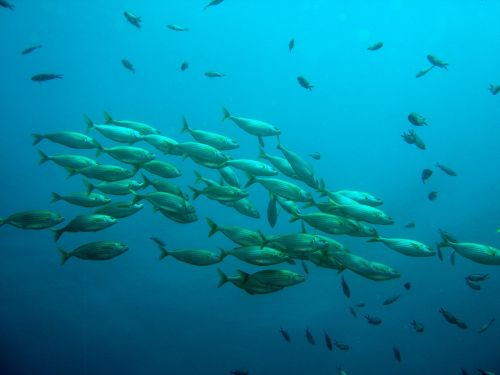Simulation of aquatic locomotion

The discovery of water oceans under the icy crust of some Jovian and Saturnian moons has given new perspective into how we seek for extra-terrestrial life. Several mission plan to assess the potential for life in the oceans of the icy-water moons, scan for bio-signatures and evaluate the presence of biologically essential elements. Moreover, these missions seek to map the surface and evaluate the ice crust thickness, opening the road for future robotic exploration of the ocean worlds. This undertake assumes great leaps in how we think about robotic exploration and several issues that need to be addressed: drilling into hundreds of meter thick ice, developing of autonomous aquatic robots, delivering power and enabling communication through the thick ice sheets are just some of them.
On Earth, a significant portion of the biosphere lives in the ocean. Through the evolutionary pressure, aquatic organisms have evolved into highly efficient swimmers in terms of energy consumption. Moreover, fish-schooling has proposed to reduce the energy expenditure even further. Investigating the aquatic locomotion evolved in Earth, can give guidelines into how to design efficient, low-weight soft robots and swarming behaviors that may be of advantageous for the exploration of the unknown environment of extra-terrestrial oceans.
Project overview
The current project looks into applying aquatic locomotion principles on the future robotic exploration missions in icy-water worlds. First, we seek novel ways to efficiently simulate the complex problem of aquatic locomotion in a simplified way. Then, we plan to employ computer simulations to better understand the key aspects of aquatic locomotion, in order to adapt them to the different conditions we expected to encounter in the icy-water moon oceans.